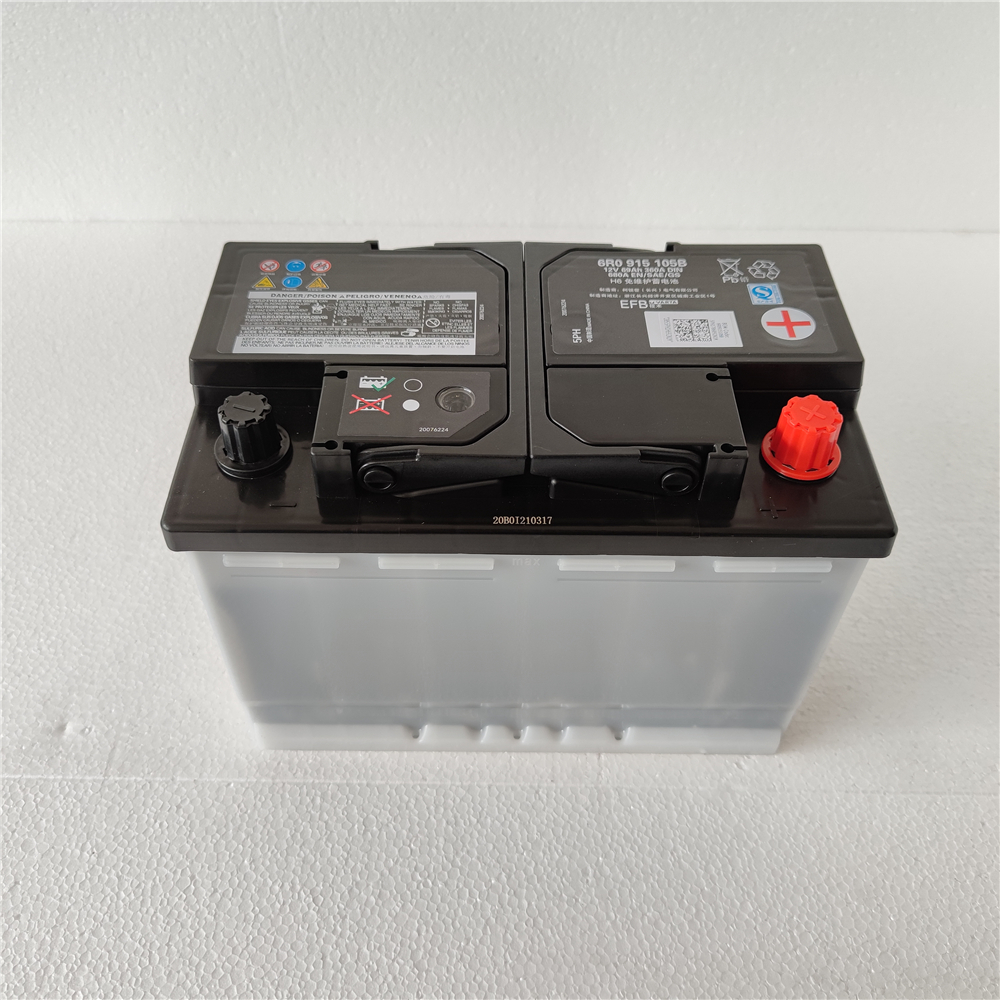How to see the Eta Aquarid meteor shower in 2024
It's May and it's getting warm (in the Northern Hemisphere). At a time like this, the Eta Aquarid meteor shower is a great excuse to look up at the night sky.
This year's shower peaks close to the new moon — the opposite of a full moon — which is ideal. Dark skies mean better viewing conditions, which will come as a relief to anyone who tried to catch this show last year when a dazzling full moon filled the sky with light, making meteor viewing next to impossible. These conditions also contrast nicely with the Lyrid meteor shower last month, during which a nearly full waxing gibbous moon may have ruined your attempt to make a wish on a shooting star.
When to watch the Eta Aquarids in 2024
The Eta Aquarids produce a long show, with activity from April 15 to May 27 this year. However, if you're only looking up once, plan to do it during the show's period of peak activity on the night of May 4 and intothe wee hours of the morning on May 5. In theory, 2 a.m. local time is the absolute best time (due to factors we'll get into below), but meteors don't follow rules, so the hours between 2 a.m. and dawn are sure to be exciting as well.
SEE ALSO:What are comets? The secret lives of space snowballs, explained.Past experience with this shower indicates that the Eta Aquarids come in bursts. This means if you look up during a lull, you might think you've missed the show. But wait a while, and there won't be any ambiguity; these are fast meteors, and you'll generally know from the pace of the action that you're seeing the Eta Aquarids. Patience will be rewarded.
How do I see the Eta Aquarids?
Since most Mashable readers are in the Northern Hemisphere, the unfortunate answer to this question is: for best results, switch hemispheres. Southern Hemisphere-based stargazers are blessed with a 50 meteor-per-hour spectacle (assuming conditions are ideal), while northerners can only hope to see 10-30 per hour. Honestly, however, 10-30 is still good.
Find a patch of dark sky located above an area far from cities and towns. A wide open view is best, so if you're reading this from the bottom of a well, catching a meteor shower is going to be challenging. Get comfortable. Stay warm. Preserve your night vision by not looking at your phone.
What are the Eta Aquarids anyway?
The Eta Aquarids get their name from their radiant point which is, in simple terms, the place in the sky where the meteors originate. The Eta Aquarids originate in the constellation Aquarius, so timing your viewing of the meteors involves waiting for Aquarius to rise above the horizon (which is why waiting until 2 a.m. local time is your best bet). But Aquarius is a collection of stars light-years away, and the meteors themselves are as little as 31 miles away when we see them burning up in our atmosphere.
Related Stories
- The best astronomy apps for stargazing this summer
- Vigilant amateur asteroid hunters keep watch for menacing space rocks
- NASA finds doomed asteroid that exploded in Mars atmosphere
Generally speaking, meteor showers are the result of the Earth passing through a comet's trail of tiny dust and ice particles. The Eta Aquarids' happen to have a celebrity parent: the Michael Jordan of space rocks, Halley's Comet. The most famous comet in the solar system won't visit Earth's vicinity for decades, but this shower is our annual encounter with the lingering evidence of its existence.
Can apps help me find the Eta Aquarids?
Stargazing apps like Sky Safari are highly recommended for stargazing in general, but they aren't very useful during meteor showers. An app can make it a breeze to find Aquarius, but the bright screen will make meteors harder to see, and they streak across the entire sky anyway, rather than clustering around their radiant point.
The best advice is: just look up, and wait.





